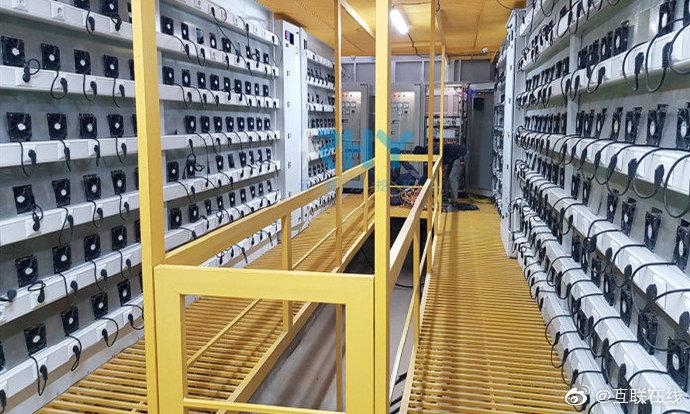In the fast-paced world of cryptocurrencies, the choice of Bitcoin mining machines has become a pivotal decision for both new and seasoned miners. As the landscape of digital currencies evolves, understanding the distinction between affordable and high-end Bitcoin miners is crucial. What do you really get for the price difference, and how does each option influence your mining profitability? This discussion will delve into the mechanics of mining, cost analysis, and the various factors that contribute to the decision-making process.

Firstly, let’s explore the core function of a Bitcoin miner. These machines perform a complex series of calculations to validate transactions on the blockchain, ensuring the integrity of the network. Affordable miners typically offer decent hash rates, but they may struggle to keep pace with the more advanced models in highly competitive mining pools. On the other hand, high-end miners boast robust performance, equipped with powerful ASICs that deliver higher hash rates and energy efficiency.
Potential miners often wander into the debate of performance versus cost. An affordable option might sound appealing for entry-level enthusiasts looking to participate in the world of cryptocurrencies without a significant financial commitment. However, the reality is that Bitcoin mining is not just a matter of plugging in a machine and waiting for rewards. The hash rate—essentially the speed at which a miner can complete the calculations—plays a pivotal role in a miner’s success rate and profitability. More power often translates into a higher chance of solving a block and receiving Bitcoin rewards.

But let’s not overlook the broader implications of this choice. When evaluating mining machines, one must account for the additional costs, such as electricity consumption, cooling systems, and potential maintenance. A high-end miner may come with a hefty price tag, but it could also lead to lower operational costs in the long run due to its efficiency. Conversely, an affordable miner might save you money upfront, yet lead to higher bills due to increased energy usage and the need for additional cooling solutions.
Moreover, the expansion factor is also a significant consideration for miners aiming to scale operations. A high-end miner often allows for a smoother scale-up process, integrating easily into farming setups. Mining farms that utilize a combination of powerful machines can leverage economies of scale to offset initial investment costs and boost their overall hash power. As Bitcoin and other cryptocurrencies become more mainstream, the pressure to remain competitive increases, warranting the need for miners to reevaluate their equipment choices continually.

In contrast, the allure of affordable miners lies in their accessibility. These options open doors for hobbyists and those interested in the cryptocurrency ecosystem without risking huge investments. However, it’s essential to manage expectations; the returns from lower-tier machines might be minimal, especially as network difficulty increases. This creates a dichotomy where high-end miners can yield substantial profits, while their budget-friendly counterparts may struggle to break even.
Furthermore, the emergence of cloud mining and hosting services adds yet another layer to this analysis. For those who wish to avoid the technical hurdles of managing mining rigs, hosting providers offer solutions that allow you to rent mining power. Here, one can access high-end facilities and machines without the upfront costs of buying a miner. However, fees for these services can quickly add up, potentially offsetting some of the benefits. Thus, choosing between purchasing a miner or using a service requires a nuanced understanding of one’s financial goals and risk tolerance.
Now, shifting gears to the broader cryptocurrency market, one must question whether Bitcoin remains the focal point or if emerging players like Ethereum (ETH) and Dogecoin (DOG) should influence purchasing decisions. The shift in mining dynamics, particularly with Ethereum transitioning toward a proof-of-stake model, makes it increasingly important for miners to consider how their investments align with future profitability. Diversification in mining portfolios may provide better long-term returns, with options across different cryptocurrencies mitigating risks associated with market volatility.
In conclusion, the debate between affordable and high-end Bitcoin miners is a multifaceted one. While budget-friendly options provide an entry point for novice miners, the long-term return on investment heavily favors high-end models due to their efficiency and power. Additionally, considering the potential benefits of mining farms and cloud solutions can further inform miners on how to navigate this dynamic industry effectively. Ultimately, understanding the underlying mechanics and balancing these decisions with personal financial goals will pave the way for success in the realm of cryptocurrency mining.

Leave a Reply